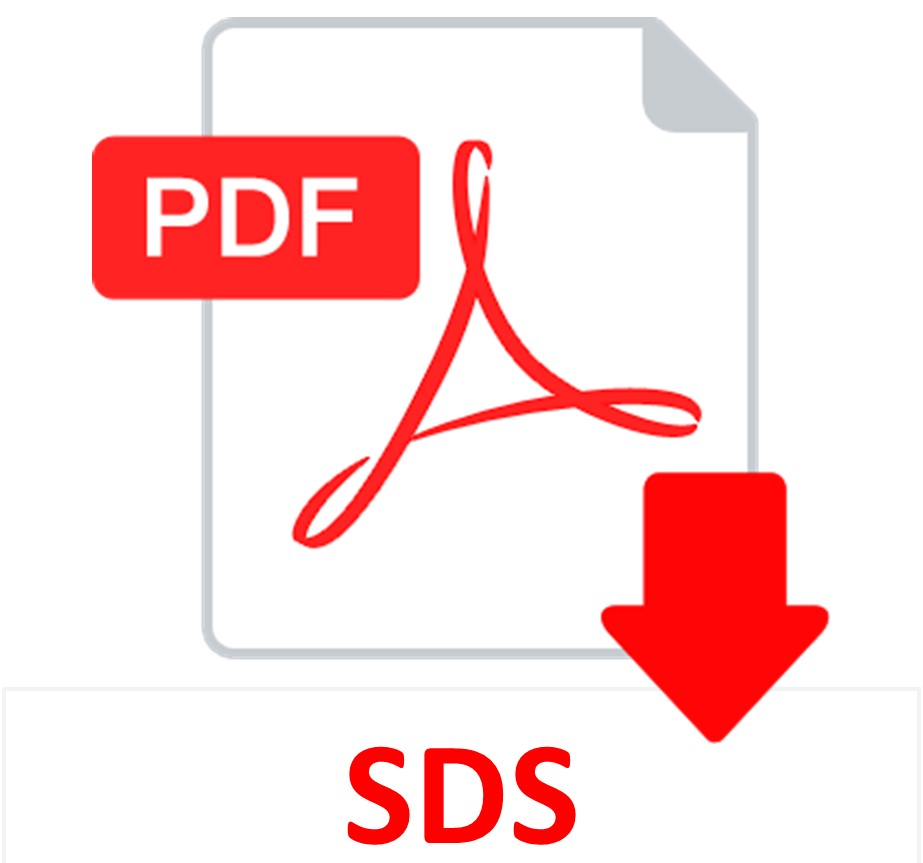Giemsa Stock Stain
Dilute with water or buffer.
SOLUTION:
| 500 ml | 1 Liter | |
| Giemsa Stock Stain | Part 1120A | Part 1120B |
Additionally Needed:
| Alcohol, Methanol Anhydrous, ACS | Part 12236 |
| Phosphate Buffer, pH 7.0 | Part 1331 |
For storage requirements and expiration date refer to individual bottle labels.
APPLICATION:
Newcomer Supply Giemsa Stain is a simple one-step method designed to demonstrate differential staining of cells types in peripheral blood smears and bone marrow smears/films as well as a method for detecting rickettsia, bacteria and parasites.
METHOD:
Solutions: All solutions are manufactured by Newcomer Supply, Inc.
All Newcomer Supply stain procedures are designed to be used with Coplin jars filled to 40 ml following the provided staining procedure.
STAINING PROCEDURE:
Prepare within an accepted time frame, a well-made blood smear or bone marrow smear/film per your laboratories protocol, with a focus on uniform cell distribution.
- Proceed with either the thin or thick smear/film staining method.
Thin Smear/Film Staining Method: See Procedure Notes #1 and #2.
- Allow smear to thoroughly air-dry prior to staining.
- Fix smear in Methanol: 1-2 minutes.
- Air-dry slides in a vertical position.
- Prepare fresh 1:20 Working Giemsa Stain; combine and mix well.
- Giemsa Stock Stain 2 ml
- Phosphate Buffer, pH 7.0 (Part 1331) 40 ml
- Stain in Working Giemsa Stain for 20-30 minutes.
- Rinse briefly in Phosphate Buffer, pH 7.0 or distilled water.
- Air-dry slides in a vertical position.
- If coverslip is preferred, allow slides to air-dry; coverslip with compatible mounting medium.
Thick Smear/Film Staining Method: See Procedure Notes #1 and #2.
- Allow smear to thoroughly air-dry prior to staining; several hours or overnight.
- Proceed directly to stain; do not place in fixative.
- Prepare fresh 1:50 Working Giemsa Stain; combine and mix well.
- Giemsa Stock Stain 1 ml
- Phosphate Buffer, pH 7.0 (Part 1331) 50 ml
- Stain in Working Giemsa Stain for 50 minutes.
- Rinse briefly in Phosphate Buffer, pH 7.0 or distilled water.
- Air-dry slides in a vertical position.
- If coverslip is preferred, allow slides to air-dry; coverslip with compatible mounting medium.
RESULTS:
| Erythrocytes | Orange – pink to rose |
| Platelets | Red to purple granules with blue halo |
Granulocytes
| Neutrophils | Nucleus – Dark blue to violet |
| Cytoplasm – Pink | |
| Granules – Purple to lilac | |
| Eosinophils | Nucleus – Blue |
| Granules – Orange to pink | |
| Basophils | Nucleus – Deep blue to violet |
| Granules – Deep blue to violet |
Mononuclear Cells
| Lymphocytes | Nuclei – Deep blue to violet |
| Cytoplasm – Light blue | |
| Monocytes | Nuclei – Light blue/purple |
| Cytoplasm – Pale gray/blue | |
| Mast cells | Nuclei – Deep blue to violet |
| Granules – Deep blue-violet | |
| Malarial parasites | Nucleus – Red chromatin dot |
| Cytoplasm – Blue | |
| Rickettsia | Bluish purple |
| Bacteria | Blue |
PROCEDURE NOTES:
- The timings provided are suggested ranges. Optimal staining times will depend upon smear/film thickness and preference of stain intensity.
- Smears/films containing primarily normal cell populations require minimum staining time.
- Immature cells may require a longer staining time.
- Bone marrow smears/films may require a longer staining time.
REFERENCES:
- Bailey, W. Robert, and Elvyn Scott. Diagnostic Microbiology. 4th ed. St Louis: C. V. Mosby Company, 1974. 394.
- Garcia, Lynne Shore. Diagnostic Medical Parasitology. 5th ed. Washington DC: ASM Press, 2007. 888-889.
- McPherson, Richard and Matthew Pincus. Henry’s Clinical Diagnosis and Management by Laboratory Methods. 22nd ed. Philadelphia: Elsevier Saunders, 2011. 522-531.
- Modifications developed by Newcomer Supply Laboratory.



